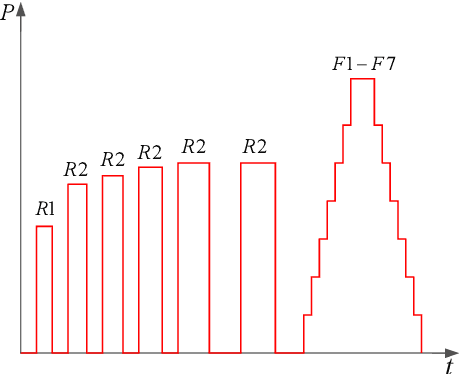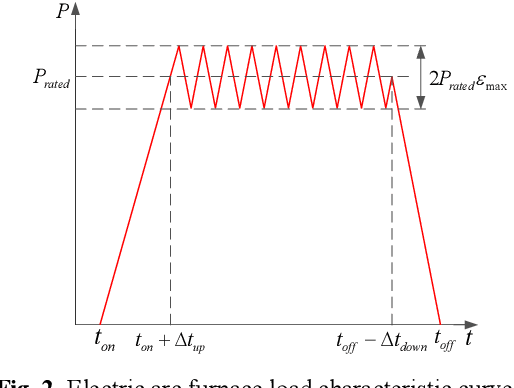Demand Response Method Considering Multiple Types of Flexible Loads in Industrial Parks
Paper and Code
May 24, 2022



With the rapid development of the energy internet, the proportion of flexible loads in smart grid is getting much higher than before. It is highly important to model flexible loads based on demand response. Therefore, a new demand response method considering multiple flexible loads is proposed in this paper to character the integrated demand response (IDR) resources. Firstly, a physical process analytical deduction (PPAD) model is proposed to improve the classification of flexible loads in industrial parks. Scenario generation, data point augmentation, and smooth curves under various operating conditions are considered to enhance the applicability of the model. Secondly, in view of the strong volatility and poor modeling effect of Wasserstein-generative adversarial networks (WGAN), an improved WGAN-gradient penalty (IWGAN-GP) model is developed to get a faster convergence speed than traditional WGAN and generate a higher quality samples. Finally, the PPAD and IWGAN-GP models are jointly implemented to reveal the degree of correlation between flexible loads. Meanwhile, an intelligent offline database is built to deal with the impact of nonlinear factors in different response scenarios. Numerical examples have been performed with the results proving that the proposed method is significantly better than the existing technologies in reducing load modeling deviation and improving the responsiveness of park loads.
 Add to Chrome
Add to Chrome Add to Firefox
Add to Firefox Add to Edge
Add to Edge